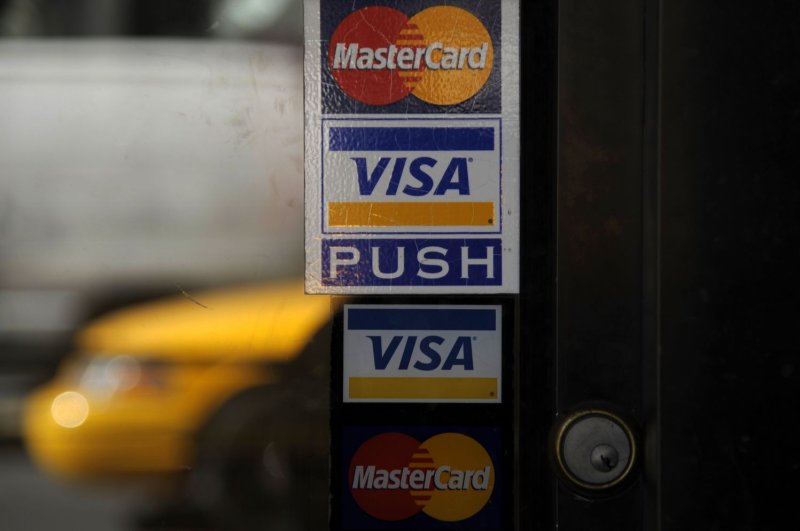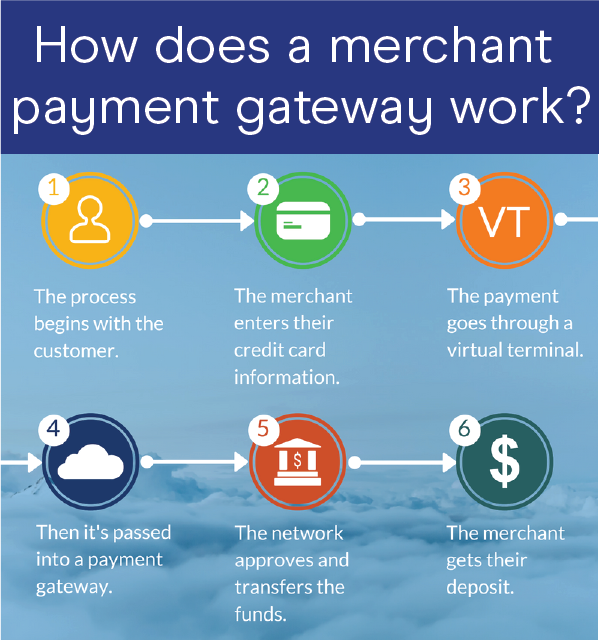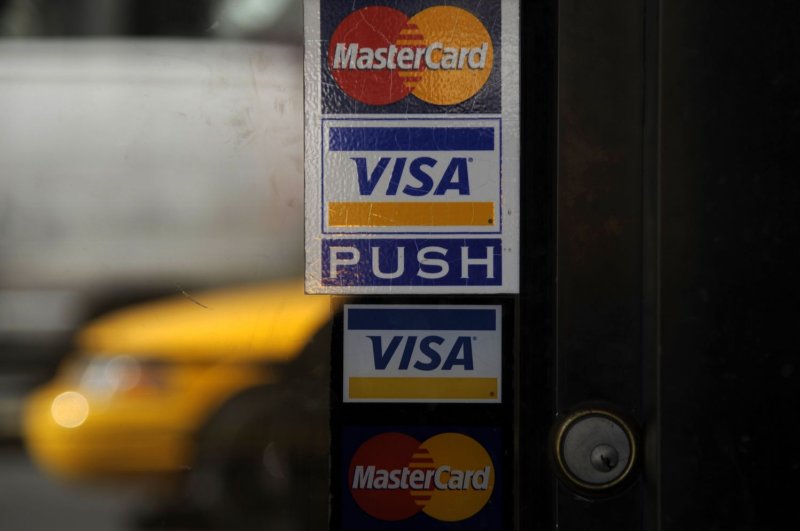Understanding the $30 Billion Interchange Settlement and Its Implications
On March 26, the financial world witnessed a landmark announcement from Visa and Mastercard regarding a $30 billion interchange settlement, poised to reshape the landscape of merchant surcharges and possibly, consumer checkout experiences. As someone deeply involved in the dynamics of digital transformation through my firm, DBGM Consulting, Inc., specializing in Artificial Intelligence, Cloud Solutions, and Security, the nuances of such agreements and their broader implications offer a fascinating case study.
The Math Behind the Settlement
The immediate reaction from many, upon hearing the $30 billion swipe fee agreement, is to ponder its direct impact on consumers’ wallets. Preliminary analysis suggests that, at least at the checkout, consumers might not see a significant difference. This outcome, which we can term as ‘negligible at best,’ warrants a deeper dive into the subtler effects of the agreement.
< >
>
Dual Routing Agreement: A Double-Edged Sword?
The dual routing agreement, a core component of the settlement, introduces an intriguing layer of complexity. On one surface, it promises to open up new avenues for merchant processing choices, potentially lowering costs and increasing competition. Yet, the undercurrents could ripple through the retail ecosystem in unexpected ways, particularly for smaller merchants and, indirectly, consumers.
Broader Implications for Merchants and Consumers
The broader implications of this settlement cannot be overstated. For merchants, the potential to impose surcharges comes with a pivotal strategic decision: whether to pass on these costs to consumers directly or absorb them to maintain competitive pricing. This decision-making process echoes the complexities we navigate at DBGM Consulting, Inc., where strategizing optimal paths through technological and regulatory challenges is the norm.
< >
>
Consumer Impact: A Ripple in the Pond
While the immediate impact on consumers might be minimal, the settlement could indirectly influence consumer behavior over time. The transparency or lack thereof regarding surcharges and processing fees could reshape consumer loyalty and spending habits, highlighting the importance of clear communication and honest business practices.
Looking Ahead: Navigating the Changing Landscape
As we look toward the future, the implications of the $30 billion interchange settlement offer both caution and opportunity. The advent of increased choice in payment processing, accompanied by the potential for more transparent consumer transactions, stands as a testament to the evolving digital finance landscape. Similar to advancements in AI and cloud solutions, these shifts demand careful navigation and adaptation.
Connecting the Dots: AI, Math, and Finance
In reflecting upon previous discussions on AI’s role in reshaping markets and the mathematical exploration of Double Stuf Oreos, it’s clear that understanding the mathematical underpinnings of finance and emerging technologies is crucial. The interchange settlement, at its core, is a math problem entangled with economic, technological, and societal variables, underlining the multifaceted challenges and opportunities we face in the digital age.
In conclusion, as we navigate the aftermath of the $30 billion interchange settlement, it is vital to approach it with a critical, evidence-based mindset. Staying informed, adaptable, and forward-thinking will be key in leveraging the changes it brings for the betterment of businesses and consumers alike.
<429 for Advanced financial calculator>
Final Thoughts
The journey through the intricacies of financial agreements, such as the Visa and Mastercard interchange settlement, offers valuable lessons in adaptation, transparency, and the power of informed decision-making. As we continue to explore the convergence of technology, finance, and consumer behavior, the importance of staying curious, open-minded, and critically engaged has never been more apparent.
<
>
Embracing the changes, challenges, and opportunities that come with such monumental settlements will undoubtedly pave the way for a more dynamic and inclusive digital financial ecosystem.

